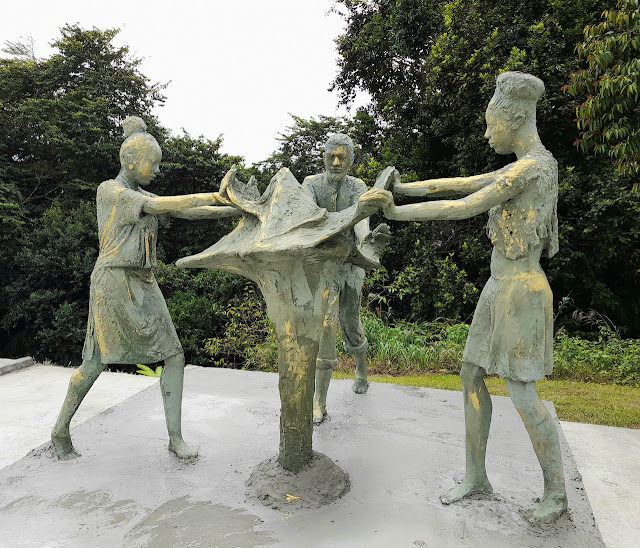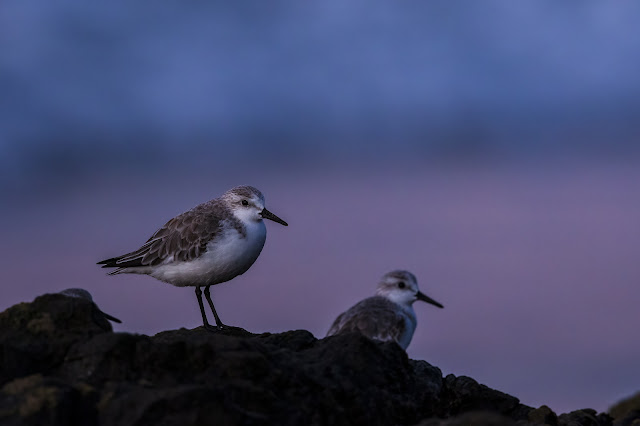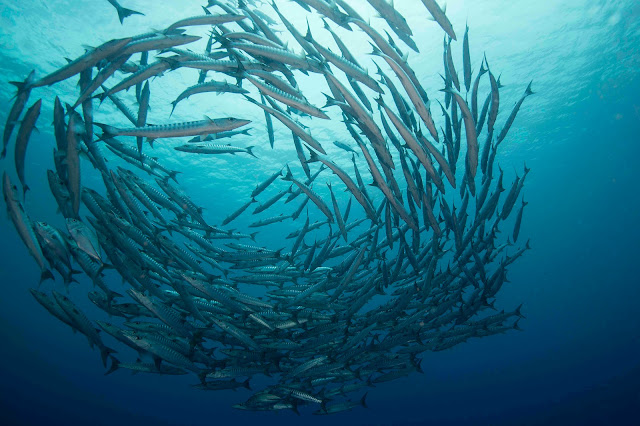The Tobago Art Trail

Experience Tobago culture this month: the energized Carnival called the Freedom Festival October 28 to 30, or the more contemplative Art Trail to be revealed November 3. Pat Ganase reports. As some flock to the Tobago Carnival this weekend, others may choose to get away from the revelry. They may seek quiet in nature on the cool forested Main Ridge or the beaches that punctuate the coast of northeast Tobago. You can escape into the forest from Roxborough (on the east) or from Parlatuvier or Bloody Bay (on the west coast). But if you choose to tour the beaches, you might start at Castara following the Northside (coastal) road through Englishman’s Bay, Parlatuvier, Bloody Bay, L’Anse Fourmi, Man o War Bay all on the Caribbean coast. At Charlotteville, the Northside Road runs into the Windward Road and you climb the highest part of the island to descend on the Atlantic coast, Speyside, King’s Bay (at Delaford), Roxborough, Belle Garden. This route also takes you on the ...



